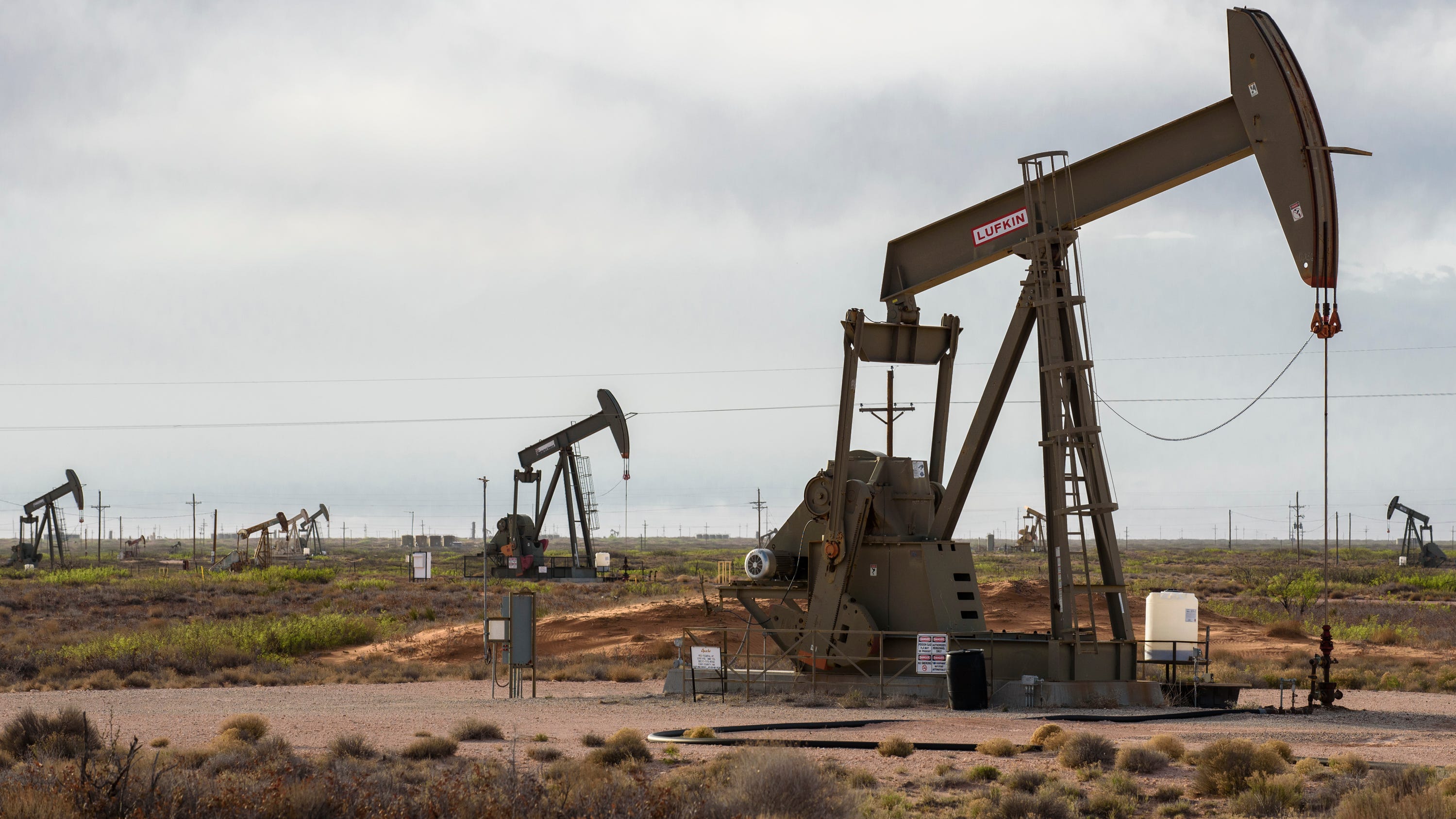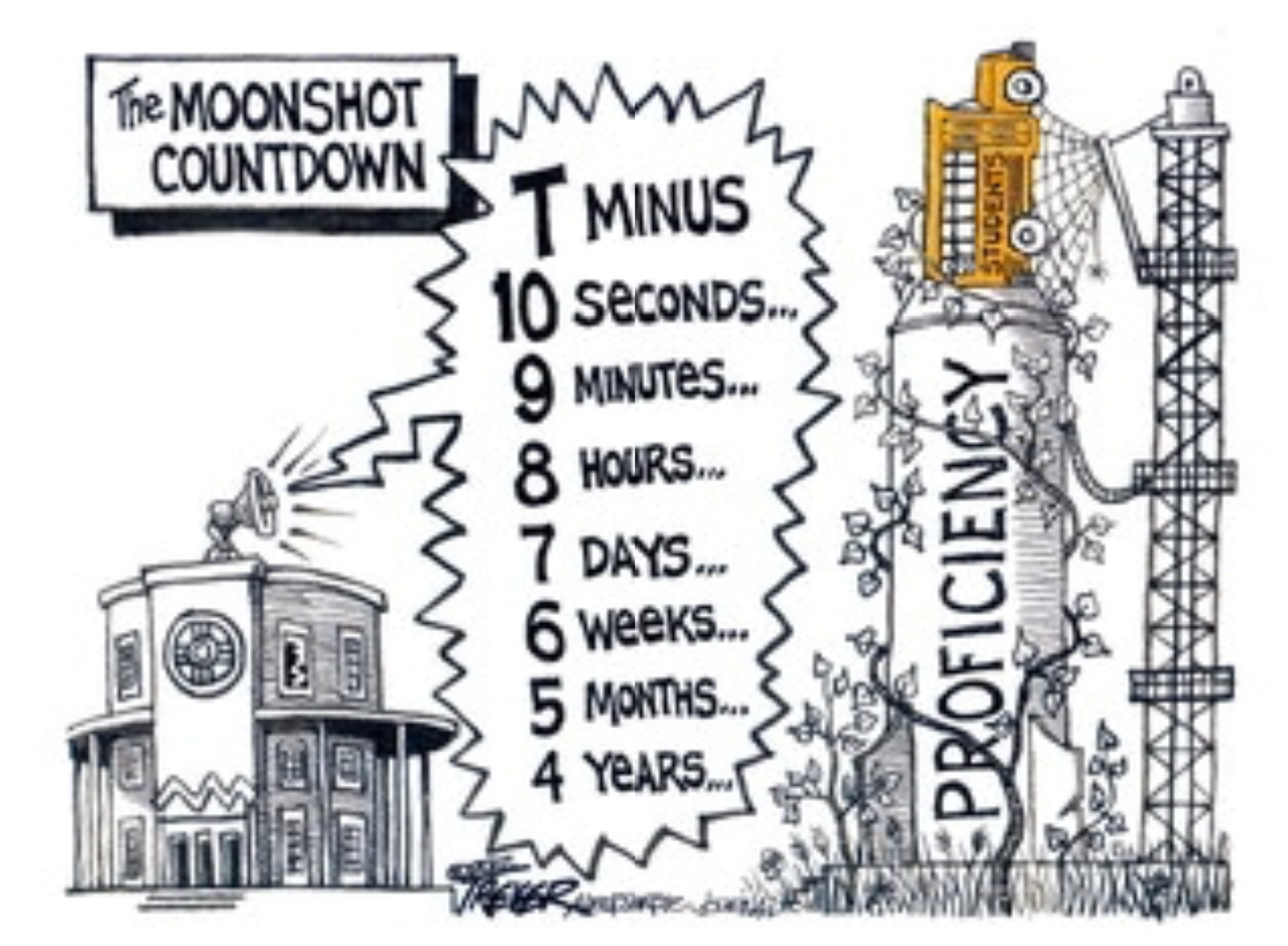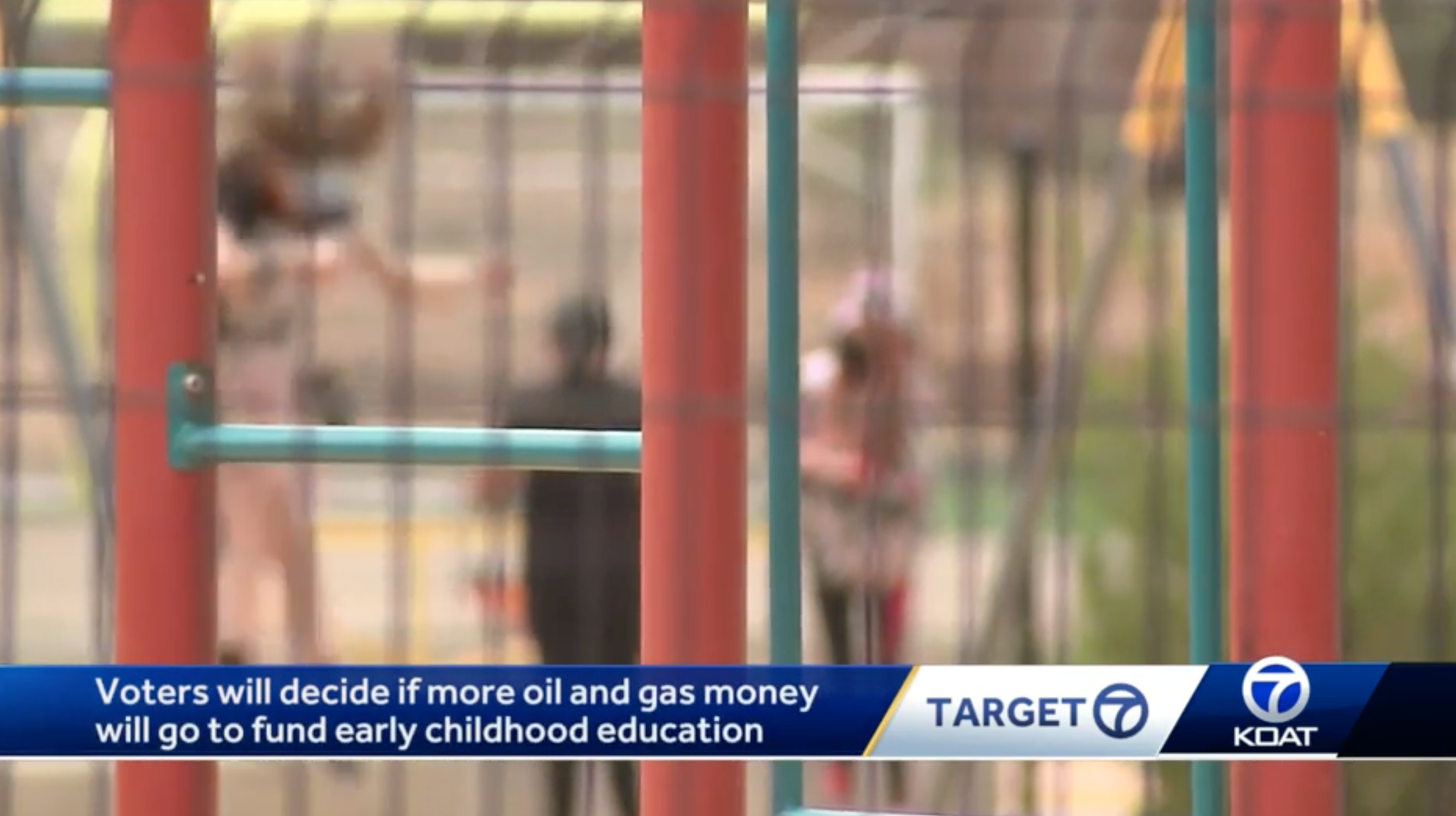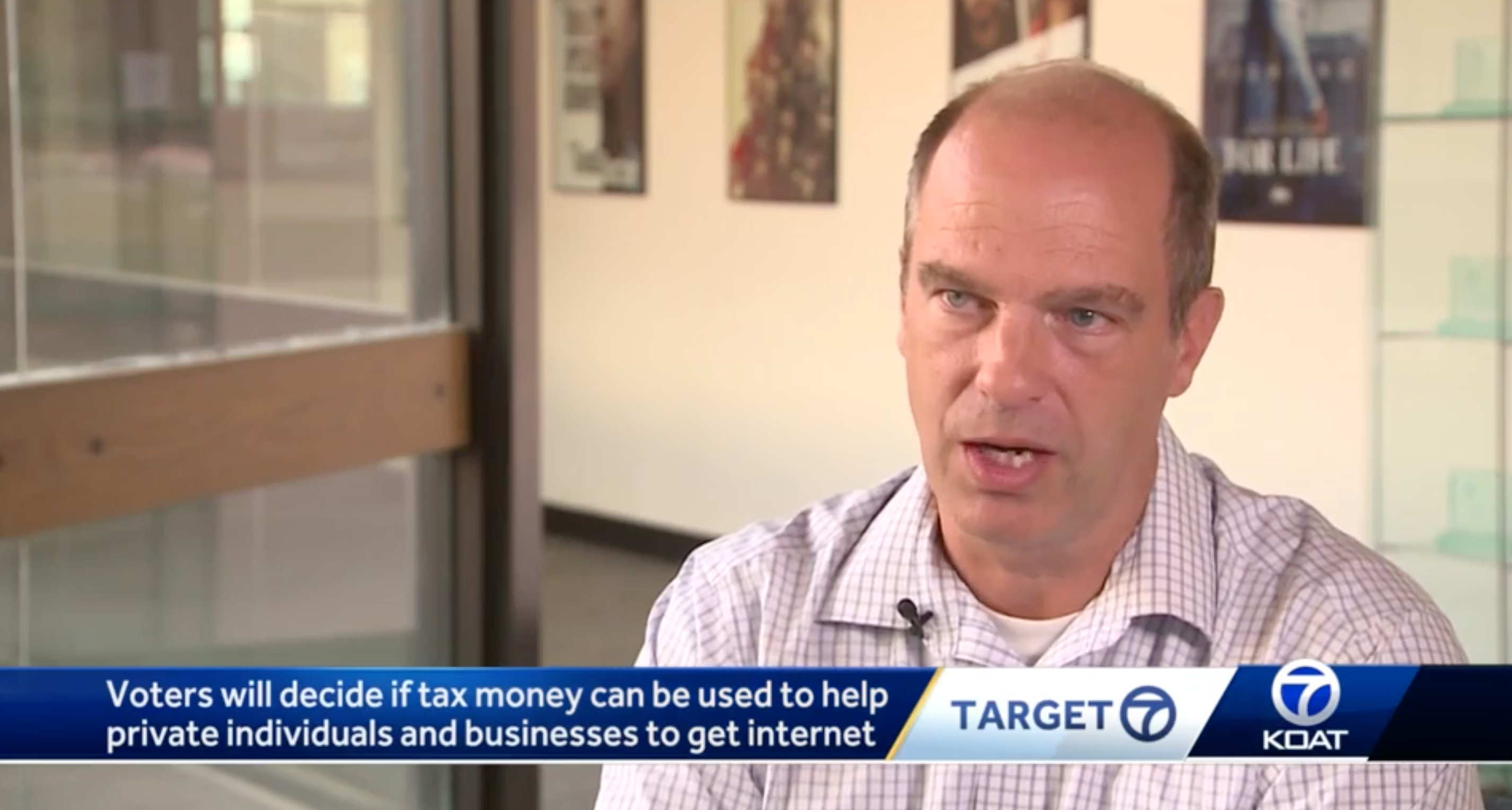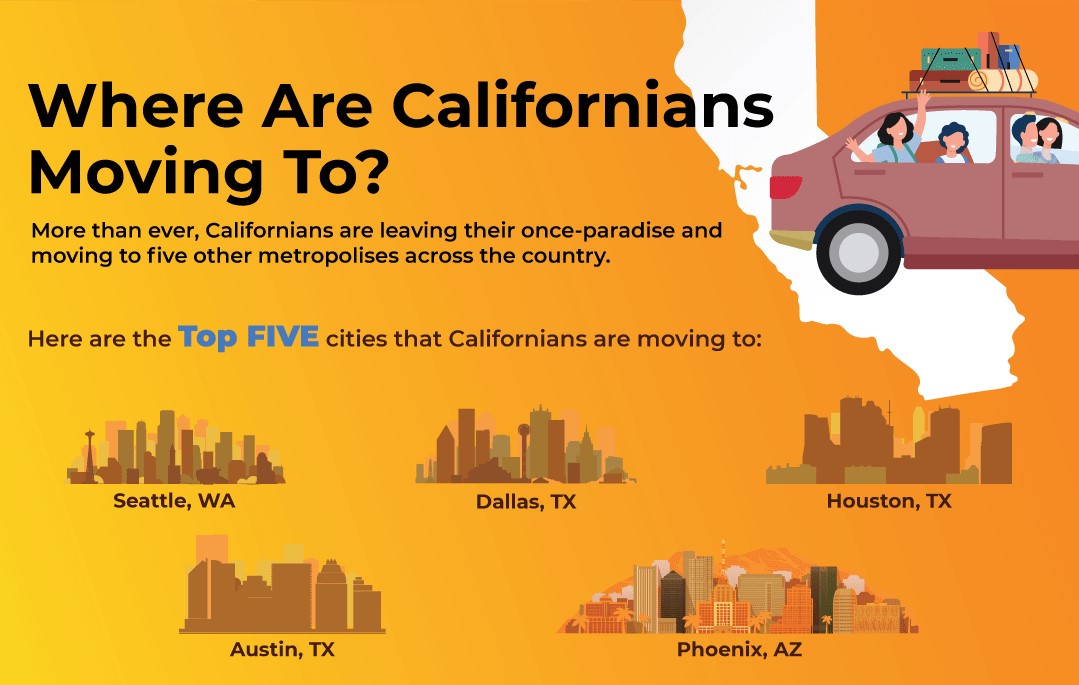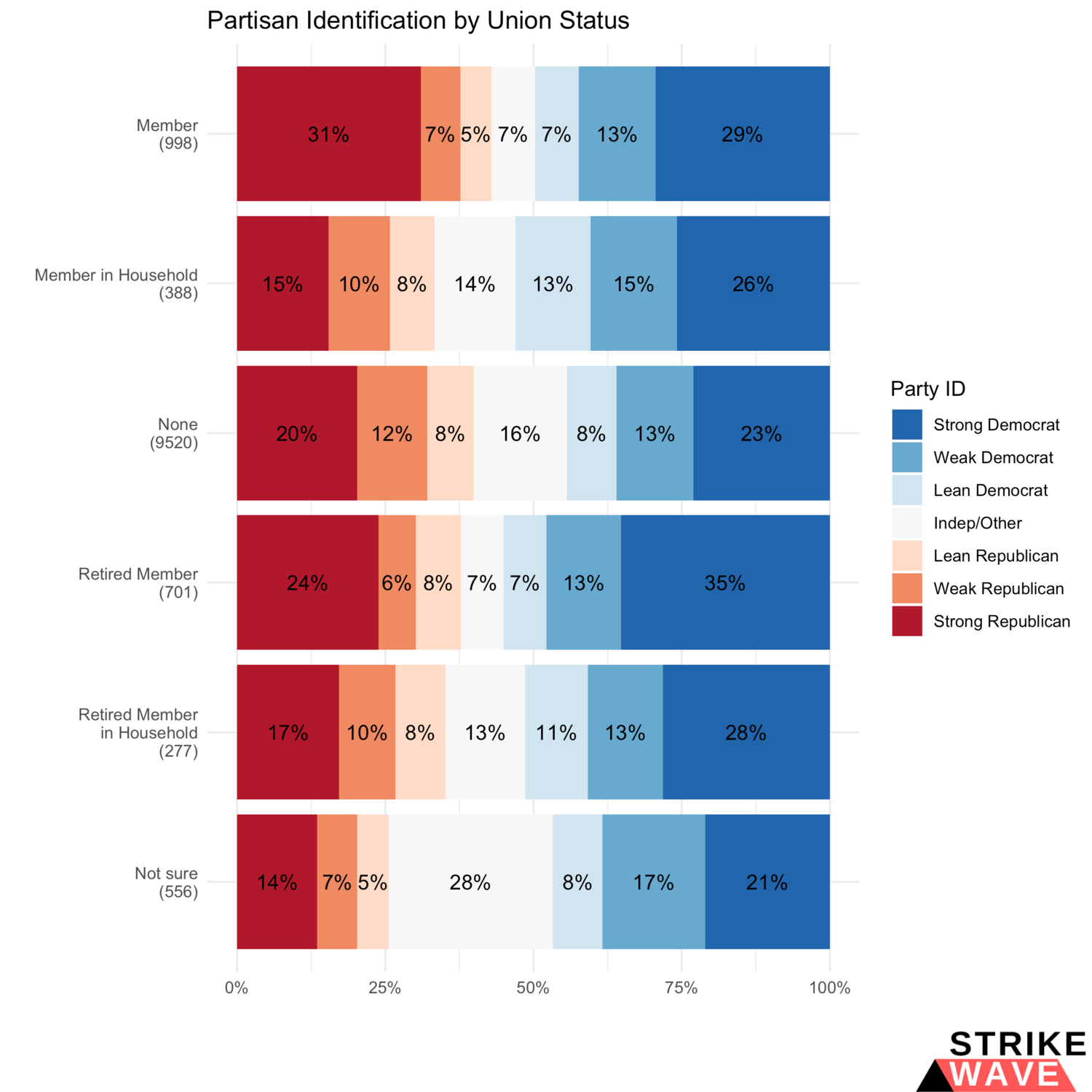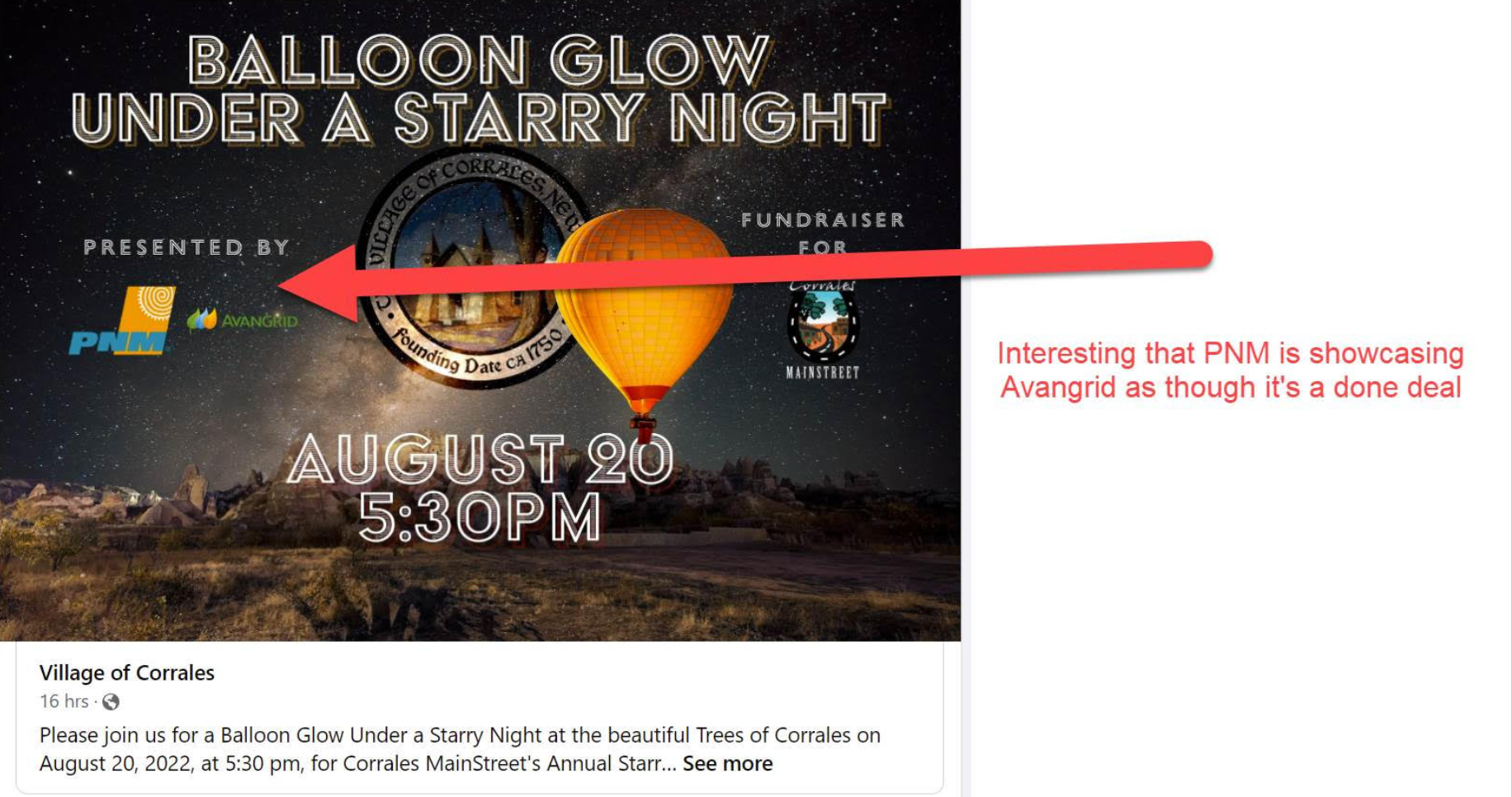When it comes to issues surrounding oil and gas, the Rio Grande Foundation supports the industry. This is NOT because of the billions it provides our State every year or even the thousands of jobs it creates. We support the industry because we support human flourishing and energy allows humanity to flourish.
So, we support policies that allow energy development throughout the nation and even the world, including drilling in the Gulf of Mexico. The Bureau of Ocean Energy Management (BOEM), under the Department of Interior, is currently collecting comments on a proposed lease sale (environmental groups are opposed to any new sales).
Click here for details and if you’d like to comment, please do (no later than October 6, 2022). Rio Grande Foundation’s comments can be found below (they are also available on BOEM’s website: l8n-a2s4-dvbe.
The following comments are on behalf of the Rio Grande Foundation, a public policy research organization based in Albuquerque, NM and working to make New Mexico more economically prosperous.
The Bureau of Ocean Energy Management (BOEM) recently released plans for offshore energy development for the next five years. Currently, BOEM’s plan only includes 10 lease sales over a 5-year period in the Gulf of Mexico and does NOT guarantee those sales will take place.
BOEM does not have an active leasing plan for the Gulf of Mexico and will be unable to hold any lease sales until the new plan is finalized. This will leave a multi-year gap in lease sales in the Gulf. The proposed plan needs to be finalized ASAP to help protect consumers and businesses from high energy prices!
The Gulf of Mexico produces 15% of our nation’s energy. The Rio Grande Foundation supports BOEM’s planned lease sale specifically and encourages opening the Gulf to ensure energy prices stay affordable for consumers.
New Mexico is the nation’s 2nd-biggest oil producing state. Nearly half of that oil is produced on federally managed land. So, while a New Mexican might be expected to oppose drilling in the Gulf in hopes of making New Mexico’s product more valuable, the reality is that we truly ARE all in this together. The federal government needs to expand, not contract, the ability of energy producers to bring oil and gas to Americans and potentially Western European nations as well who are dealing with shortages driven by Russia’s invasion.
Here are a few facts:
- In FY2021, revenues totaled $4.1 Billion from OCS oil and gas activities.
- If drilling in the Gulf is stopped, western states like New Mexico are likely to see a decline in lease sales on federal lands located within the state in the future; negatively impacting our state’s budget and infrastructure funding.
- Oil produced in the Gulf of Mexico is some of the least carbon intensive oil produce anywhere in the world and will play a key role in reducing global carbon emissions.
- The Gulf of Mexico funds conservation efforts across the country, including our national parks.
- Producing American oil and gas in the Gulf of Mexico helps protect consumers from instability in global markets.
- If drilling in the Gulf is stopped, western states like New Mexico are likely to see a decline in lease sales on federal lands located within the state in the future; negatively impacting our state’s budget and infrastructure funding.
Energy abundance is critical to our way of life. The Gulf of Mexico is a big part of America’s energy picture. I urge you to approve this plan.



